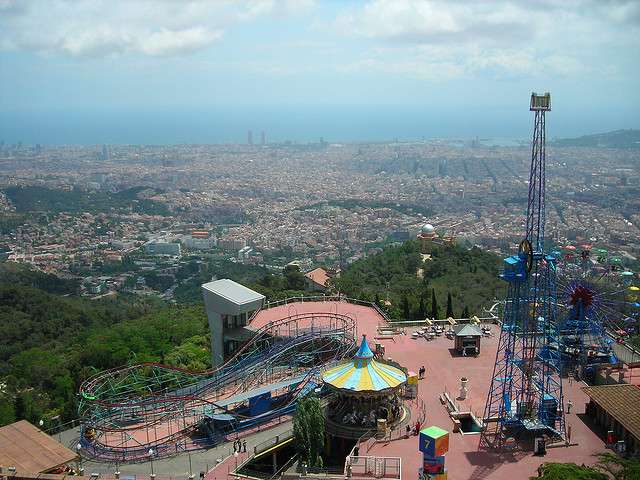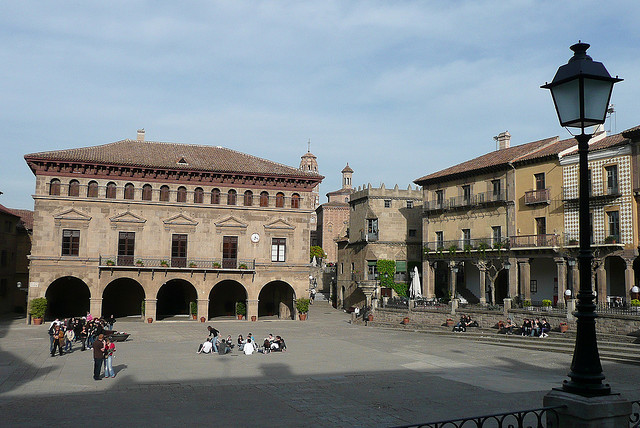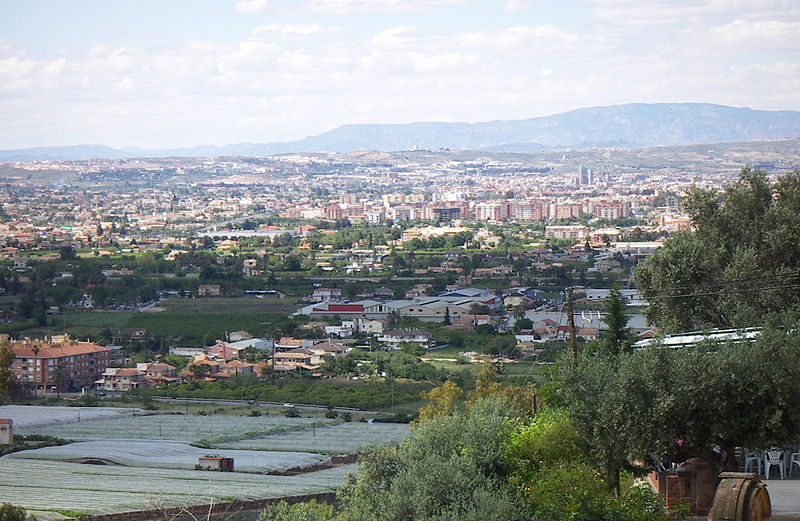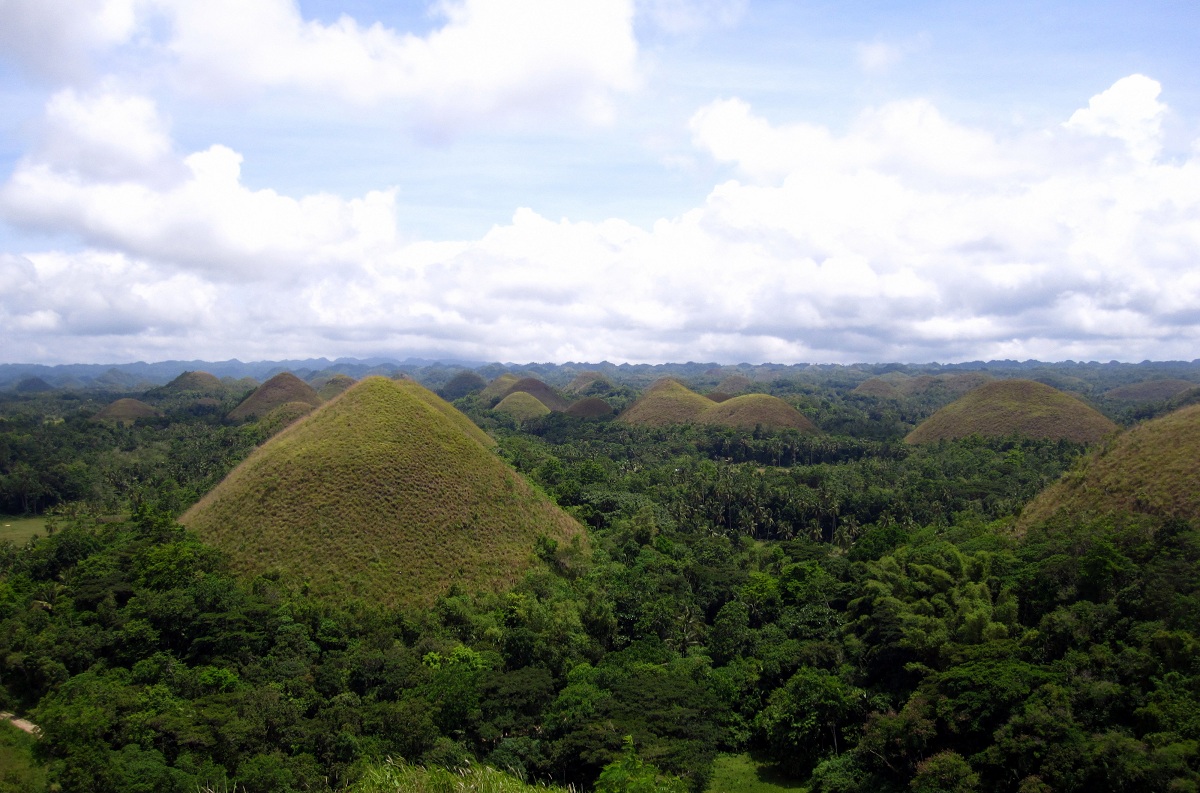Search Results for: Spain
Murcia: arts, culture and beautiful architecture
If you’ve never been to Murcia before, it’s worth checking out this year. Not only is it one of the biggest cities in Spain, with over half a million residents, it’s also brimming over with architectural, artistic and cultural delights. Situated just inland from the south-eastern coast of Spain, it is renowned for its friendly climate with long hot summers, temperate winters and infrequent rain (less than 30 cm throughout the whole year). If you’re looking for hot sun and plenty of it, July and August are typically very hot and dry months while October and November are rather wetter. For those who prefer cooler weather, December through to March is often both mild and dry. Apart from its inviting climate, Murcia is also full of wonderful buildings in the baroque style and visitors can immerse themselves in the history, arts, culture and beautiful architecture of the Murcia region
Beautiful Architecture
The River Segura runs through Murcia and it is spanned by a number of noteworthy bridges ranging from eighteenth century through to the twentieth century. But further away, the real show-stealer is the ancient Roman Aqueduct of Segovia which is a world heritage site. Although it is a rather lengthy eight-hour round trip, it is worth hiring a car in order to experience this piece of ancient architecture which is still in very good condition. Experts have estimated its age to be two-thousand years old and it is a breathtaking monument which you will not want to miss. Back in town, along with the twelfth-century Castle Monteagudo, Murcia Cathedral was built in the twelfth and thirteenth centuries and is famous for its varied architecture. This stunning building includes architectural features ranging from Castilian Gothic through to Spanish Baroque, along with Renaissance, Neoclassical and Rococo accents.
Culture
The area is very well-known for its various festivals and during Holy Week, Murcia hosts a traditional procession which is one of Spain’s best-loved festivals. The local museums house a number of Francisco Salzillo’s enormous sculptures and these are paraded through the streets in a re-enactment of Christ’s route to his crucifixion. As well as the life-sized statues, this stately procession also features hundreds of flowers and candles. A week later, watch out for the Orchard Parade when residents dress in historic rural dress. There is also an international Three Cultures festival in May which showcases the cultural contributions made by the Christian, Jewish and Muslim communities that have lived together for hundreds of years.
Arts
There are also plenty of art-related activities in the area and Murcia turns itself over to music towards the end of July. In San Javier, against the backdrop of the Mar Menor lagoon, there is an annual jazz festival which celebrates music from the artists of yesteryear with tributes to legendary pianists and saxophonists. In the nearby Caragena, there is a global music event, La Mar de Musicas, which features music from a different country each year when internationally-renowned musicians appear. Murcia is also known for its museums and galleries and there have been enormous investments in arts centres in the region. For those interested in more historic art, the Murcia Museum of Fine Arts is worth visiting to see the impressive art collections which date from medieval times. On the other hand, if you have more modern tastes, spend some time in the Sala Verónicas which is a former church, or in the reinvented canning factory, La Conservera, which showcase installations from international artists and sculptors.
Getting there and getting around
Getting to Murcia is relatively easy and there is a choice of international airports, including Murcia Airport and nearby Alicante Airport. The area is well-served by a good range of public transport. For those who wish to explore the area and make the most of the surrounding countryside, mountain and coastal areas, there are also rental cars available from Car Hire Murcia Airport.
So, whether you’re planning an extended visit or a short break, Murcia is guaranteed to provide a unique combination of historic culture and modern entertainment to suit the needs of international visitors.
Photo of the Week: The Chocolate Hills in Bohol, Philippines
One of the last great frontiers on the tourist circuits in South East Asia is The Philippines. Named for King Phillip of Spain, The Philippines are an amazing collision of cultures as a result of over 300 years of Spanish colonial rule, Japanese and American occupation and an influx of people from other local nations, namely China. The nation, which is comprised of over 7,000 islands is very affordable and offers everything you could want for a vacation from sprawling metropolises to nature so untouched, you might be the first human to lay eyes upon it in years.
The above picture is from the island of Bohol in the Visaya region of the country. Bohol offers some of the most pristine beaches in the whole world as well as bountiful beautiful landscapes including the Chocolate Hills seen here. They are a geographic wonder known as conical karsts that result from the dissolution of limestone after rains, tectonic processes and ground water. There are over 1,500 of these hills that average in height from around 98 to 160 ft in an area of about 50 sq km. They get the name “chocolate hills” because in the dry season, the vegetation that covers them turns brown, i.e. looking like chocolate kisses!
There are plenty of tours that will take you to see the hills from the beaches where most people stay, but a more fun option is to just rent a motorcycle or scooter and make the scenic drive at your own pace!








 Welcome to Home Town Travel Guides.com , your source for travel guides written by locals and those who've been there and done that! ~Jeremy
Welcome to Home Town Travel Guides.com , your source for travel guides written by locals and those who've been there and done that! ~Jeremy